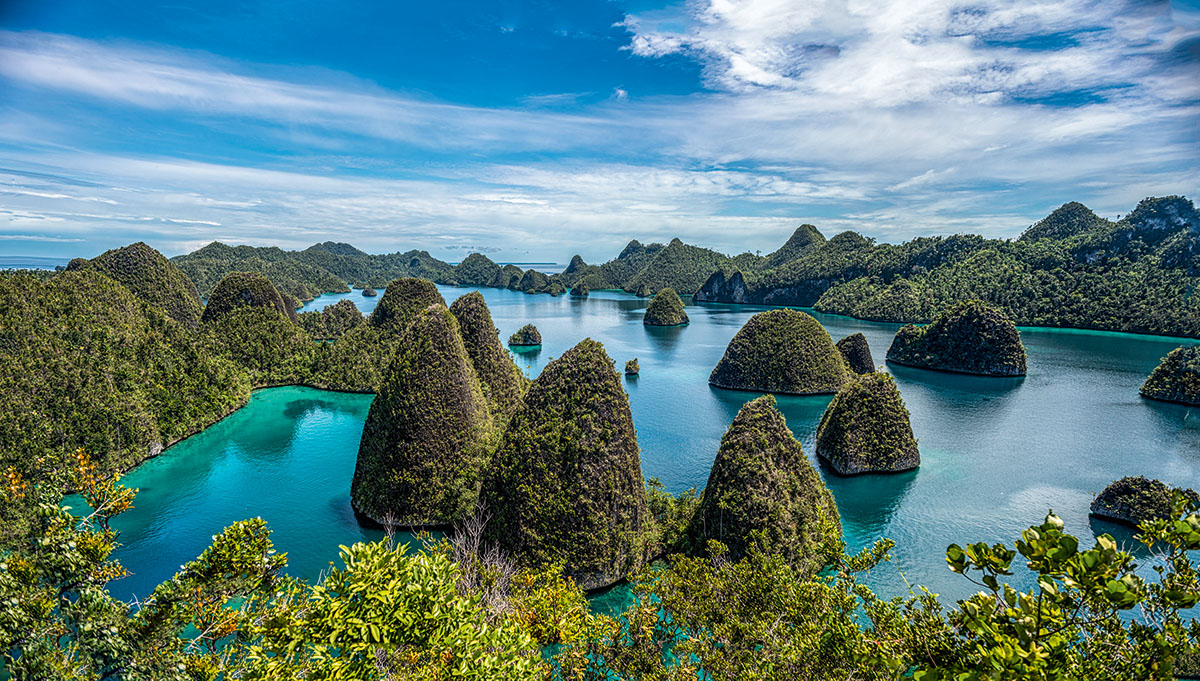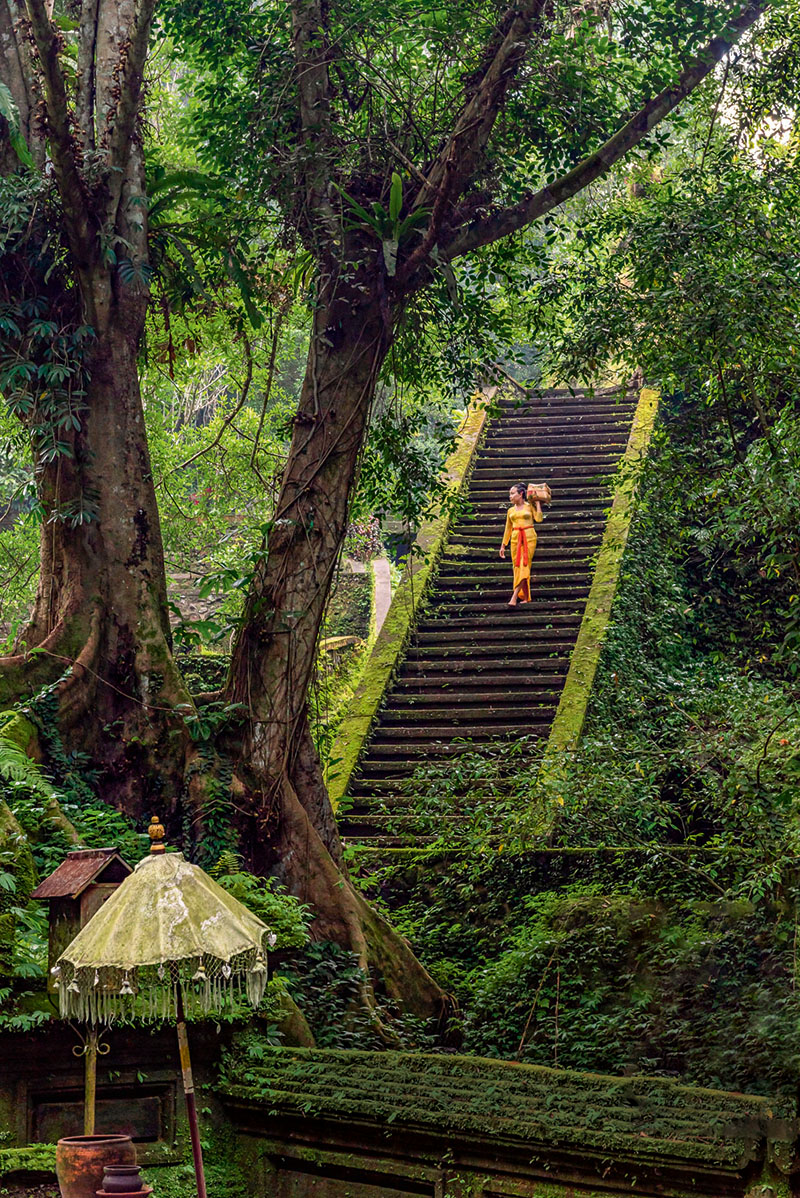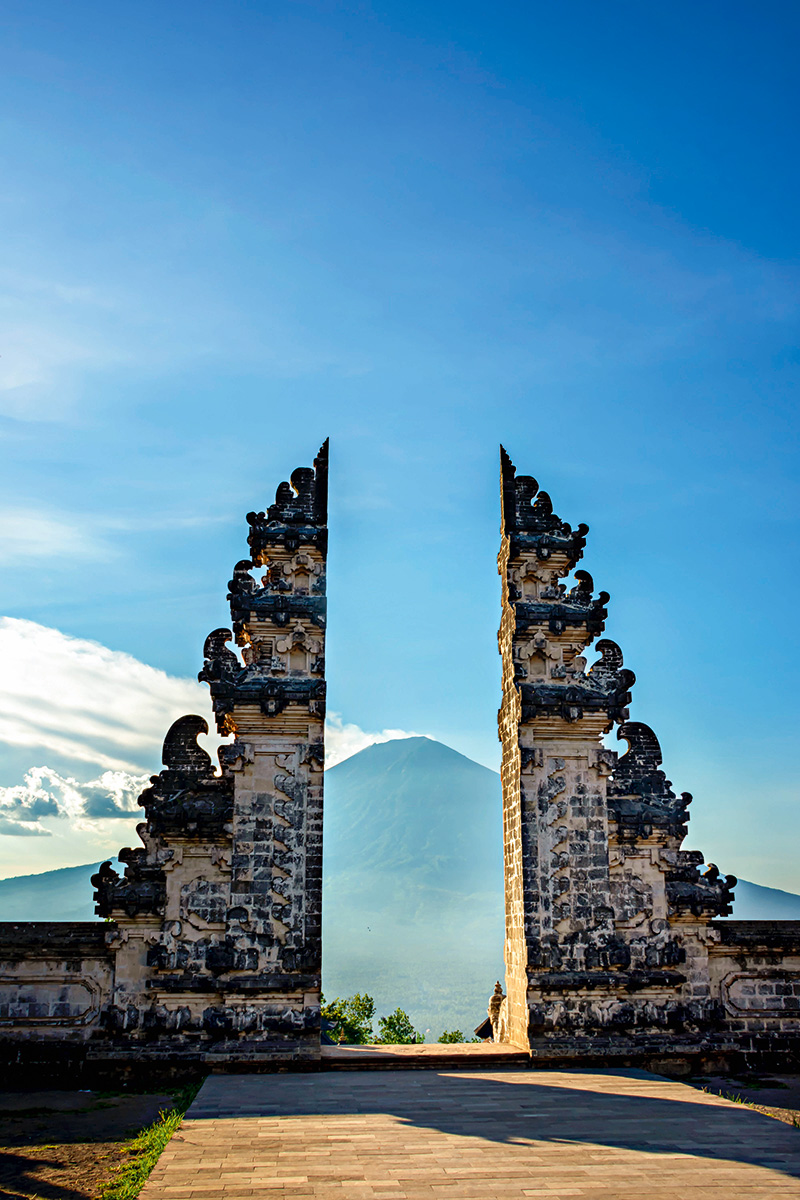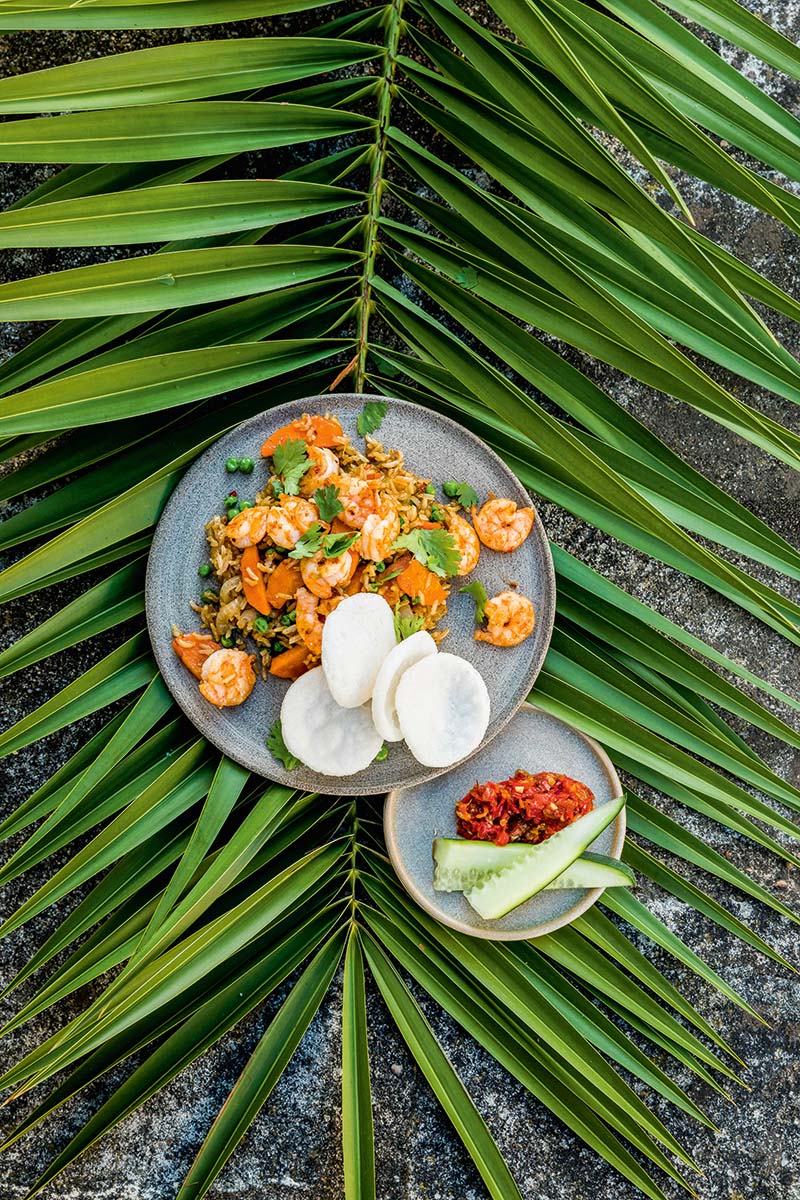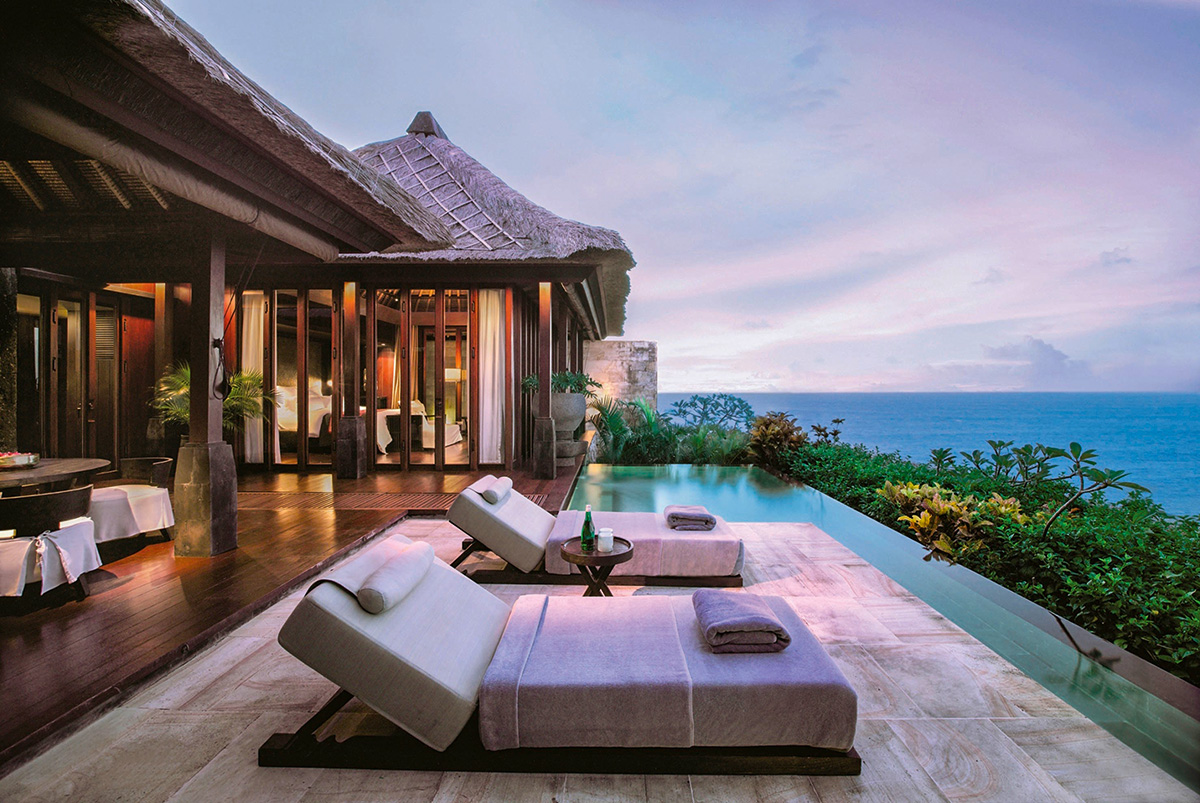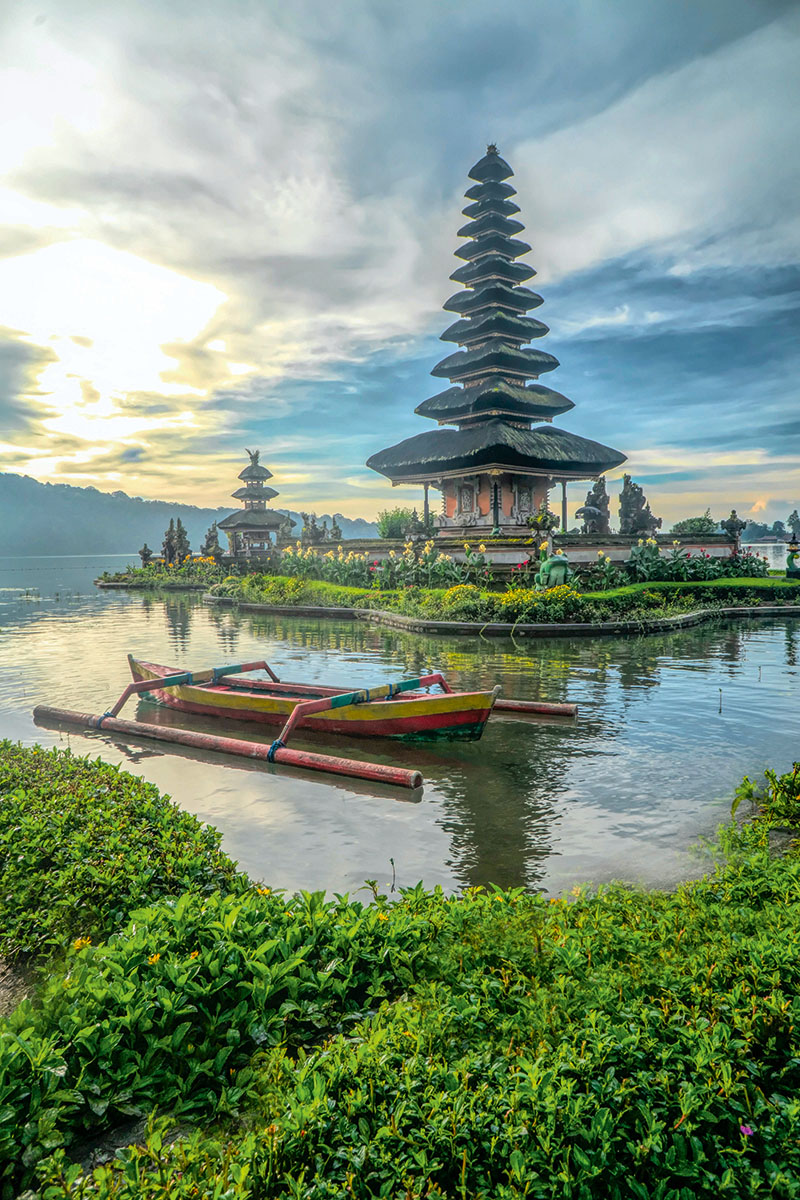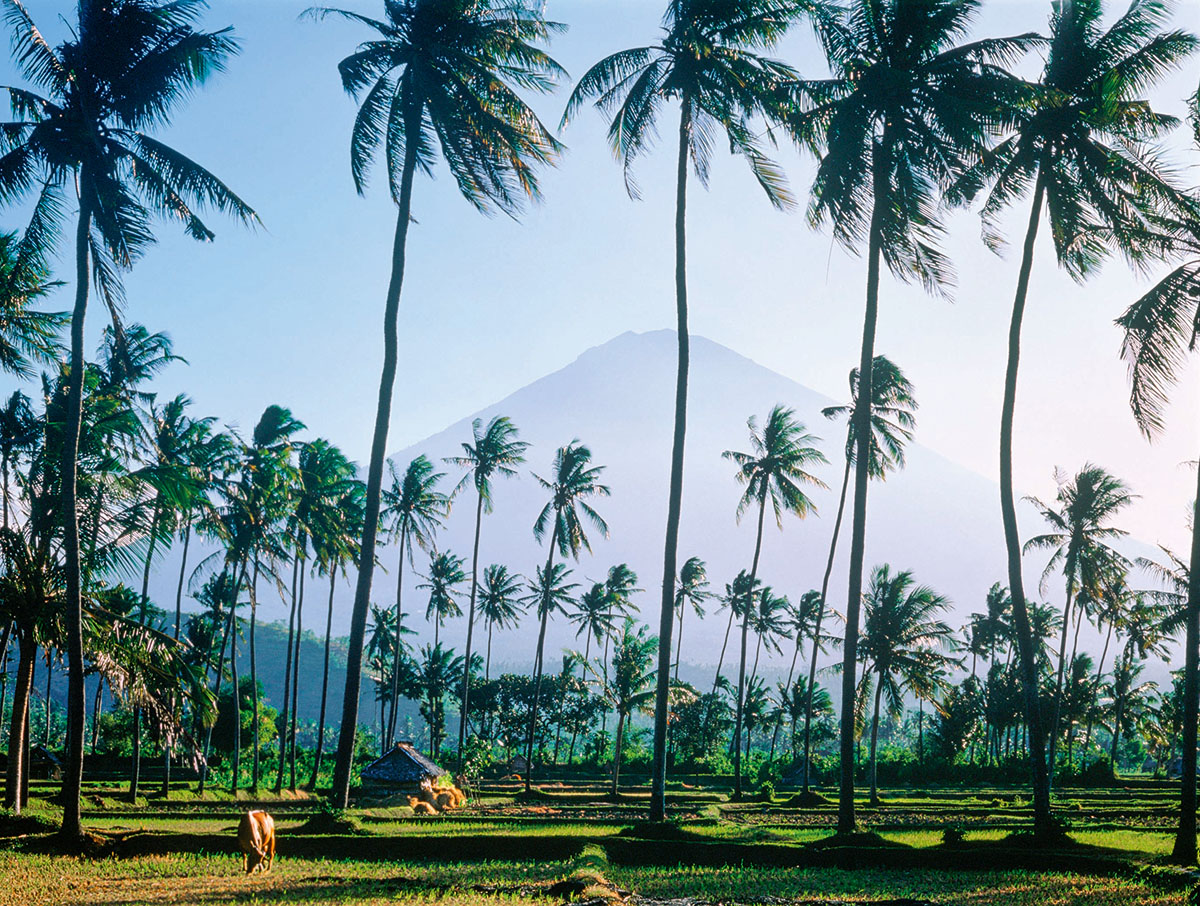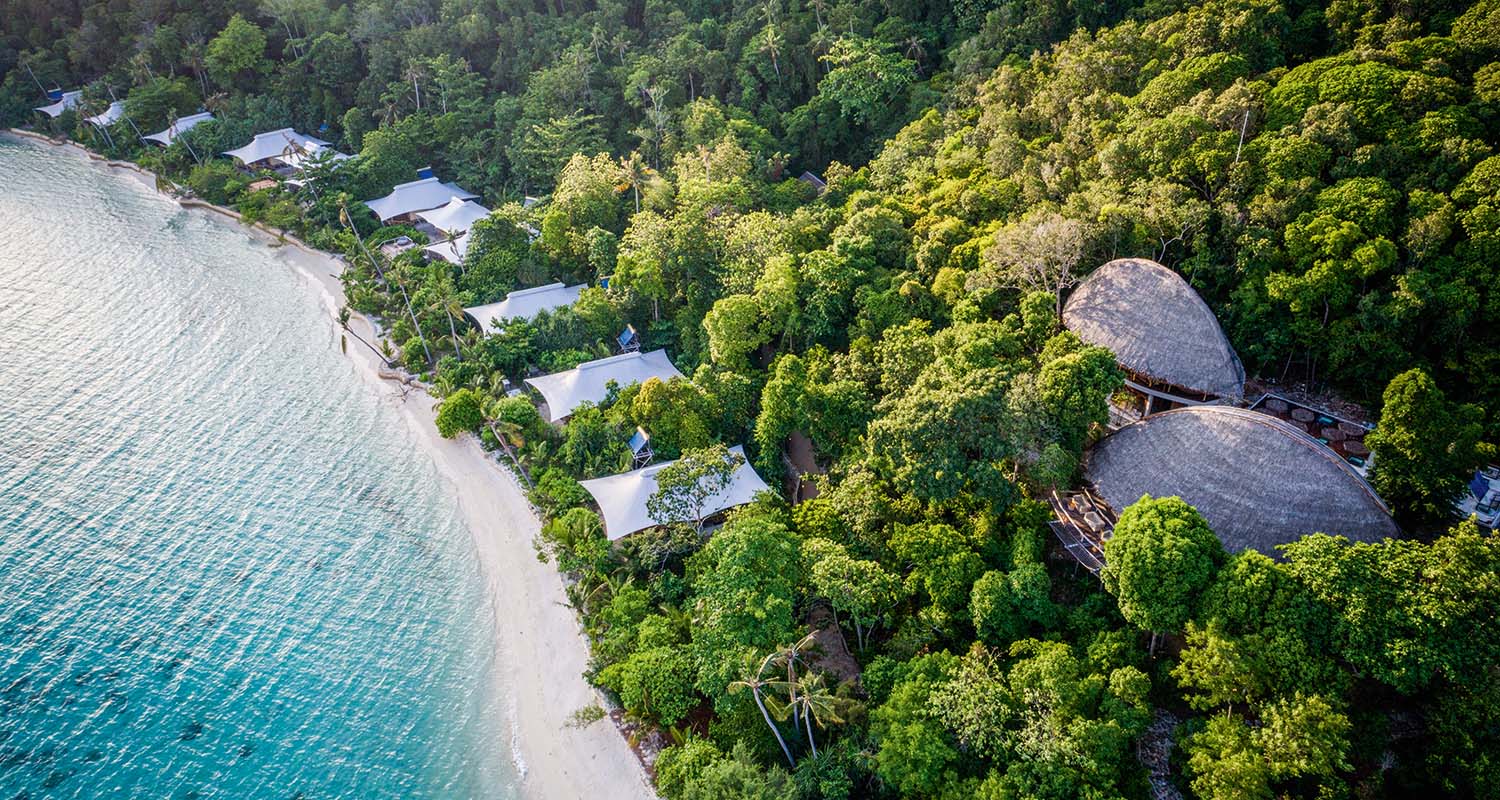
Explore Indonesia's Island Beauty
Indonesia's travel gem consists of more than 17,500 islands, seemingly strung together like pearls between the Indian and Pacific Oceans. Here, travelers can discover breathtaking nature and unique culture.
March 4, 2024
© iStock
Indonesia is one of the most diverse destinations in the world - after all, the country consists of more than 17,500 islands. In terms of population, Indonesia ranks fourth in the world and is also the world's largest island nation. But it's not just the hard facts that make Indonesia so unique. Just as the island chain bridges the gap between Asia and Australia, it also manages the balancing act between luxury and adventure, nature and culture, tradition and modernity.
© Amanresorts Limited 1996-present
Most travelers first come into contact with the vibrant capital Jakarta, which is located on the northwest coast of the island of Java. Thanks to its long history with numerous influences from a wide variety of cultures you'll find Javanese, Malay, Chinese, Arabic, Indian and European influences here. And not just in the cuisine, but also in language and architecture. Historic buildings lie in the shadow of modern high-rises. And before you enter one of the five luxurious malls, you can fortify yourself with traditional street food at the numerous street stalls.
© StockFood
A visit to the National Museum provides an insight into the country's rich history, from ancient cultures to the colonial era. Java is also the cultural heart of the country: Yogyakarta. A visit to the Borobudur Temple (UNESCO World Heritage Site!) is worthwhile, as is a trip to a coffee or tea plantation.
Island of the gods
© Getty Images
Almost half of the ten million or so tourists who visit Indonesia every year want to travel to one place in particular: the island of Bali. From the south-east coast of Java it takes only 30 minutes by ferry to get there - and yet you feel like you're in another world. This has less to do with the visuals and geography than with the special, spiritual vibe that hangs over the island. It's the only region outside of India, Nepal and Mauritius to have a Hindu majority - officially. After all, every inhabitant of Indonesia is required by law to profess one of the five state-recognized religions. In reality, however, ancestor worship and belief in spirits play a major role in everyday life in Bali.
© StockFood
Bali's most fascinating sights include many religious sites, for example the temple Pura Tanah Lot by the sea. It was built in the 16th century on a rock located off the west coast. However, the Pura Besakih is considered the temple of all temples. The Hindu sanctuary is located on the south-western slope of the active volcano Gunung Agung and is over a thousand years old. Speaking of volcanoes: Bali's nature can be admired at every turn - just look out of the window. But if you want to be overwhelmed by it, you should go on a hike along the Batur volcano and visit the rice terraces of Tegalalang and the monkey forest of Ubud.
Heavenly relaxation
© provided
But Bali offers so much more! For example, beautiful sandy beaches with crystal-clear water that invite you to spend hours exploring the colorful underwater world with fins, diving goggles and snorkels. Even scuba divers will be amazed. The entire Amed region on the east coast, especially Tulamben beach, is a popular destination. Here, you can dive to the shipwreck of the USAT Liberty, which sank here during the Second World War. Crystal Bay on the offshore island of Nusa Penida and Blue Lagoon Beach in the east of Bali also have plenty to offer. Surfers meet in and around Uluwatu, while Seminyak is known for its beach clubs, nightlife and breathtaking sunsets.
© provided
The people of Bali live according to the principle of Tri Hita Karana, which emphasizes the harmony between man, nature and spirit. This connection is evident in every aspect of life, for example, in the architecture of the temples, the traditional dances and the caretaking of the rice terraces. Visitors can look forward to warm hospitality. As there are now more tourists visiting Bali than there are locals, travelers have a special responsibility - it's also up to them to preserve the beauty of the island world.
© Stocksy
Among other things, this includes treating cultural sites with reverence and not degrading them to an Instagram or a yoga flow backdrop, as well as avoiding plastic waste and being mindful when traveling. With a tourism tax, which will be payable in addition to the visa fee from 14 February 2024, travelers will also contribute directly to the preservation of Bali's cultural and natural treasures in future.

This article appeared in the Falstaff TRAVEL issue Winter 2023/24.

